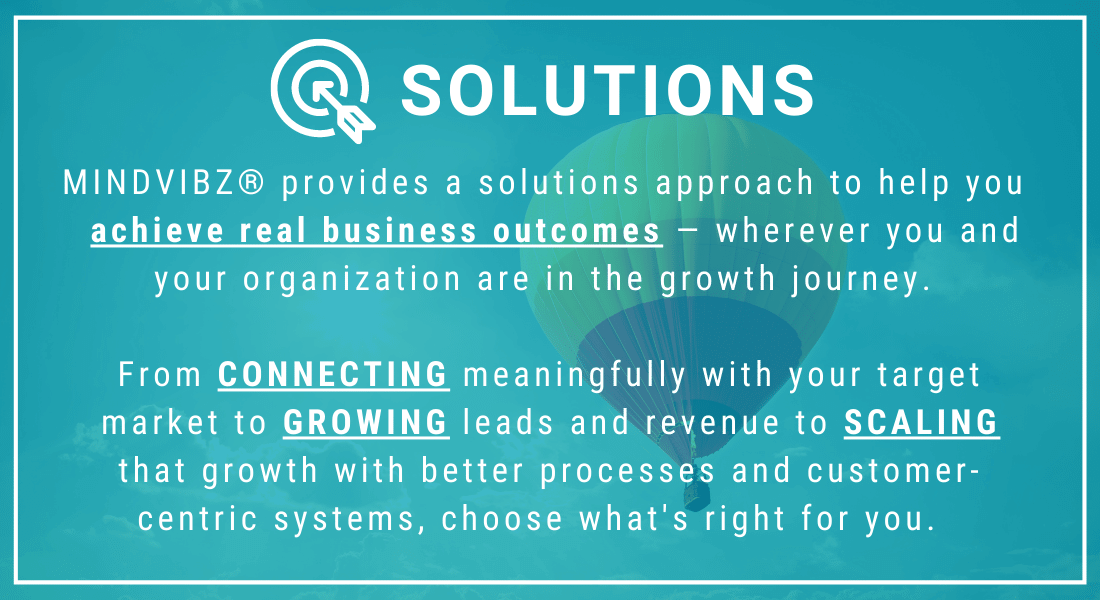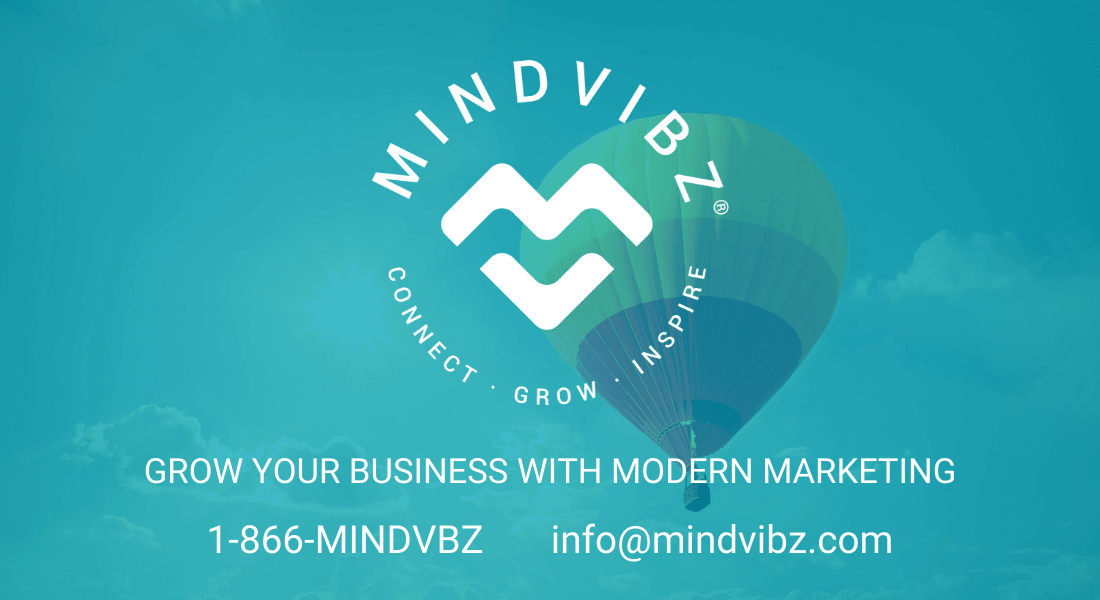One in four marketers fear that their efforts are not at all successful at tracking the ROI of their marketing and campaign efforts.
Do you feel like you spend too much of your time creating newsletters, or posting on social media? And that, because of that, you don't have any time to focus on how you can more strategically grow your marketing?
If so, you're not alone as many business owners and marketers know they need a clear marketing strategy to follow, but just don't have the time, experience or resources. Don't worry if you don't know what a marketing strategy blueprint entails or how to create one. We've got you covered, so keep reading to learn everything you need to know about how growth marketing principles can guide your strategy design.
You cannot grow more hours in the day. However, you can make better use of those hours.
– Paul Zane Pilzer
What Are the Types of Marketing Strategies?
Your marketing strategy shows how you will reach and convert new visitors into customers. There are several different strategies you can use to reach your target audience. Some will be more expensive than others and some will take longer than other strategies, however, when done effectively they can all have their benefits.
Some common digital marketing strategies include search engine optimization, social media marketing, paid advertising campaigns, content marketing and email marketing. Overall, with a growth marketing approach, you'll see far better results as it orchestrates your efforts toward pulling your target audience to your company rather than pushing out marketing messages and hoping they reach your target audience.
At the end of the day, the role of your marketing campaign is to drive purposeful engagement with your audience. You're not looking for sheer numbers of impressions or page views unless campaign content and advertising amid a broken funnel sounds like a good idea to you – which we gather is not what you want.
If you're selling a product or service, in either the B2C or B2B sector, you need to focus your strategy to not only 'get found' and drive traffic, but also to ensuring your website visitors convert into paying customers - and that those customers ultimately become promoters. When you have this, you go from funnel to flywheel - making the process cyclical in a positive evolution for your business and for your customers. And that is what we'll show you how to navigate achieving in this article.
What Is a Marketing Strategy Blueprint?
As you grow and scale your business and your marketing team, you'll need a centralized plan everybody can follow. Each time you onboard a new employee, or bring in a new freelancer, you can share your blueprint with them and quickly show them the expectations for your company.
As you create your blueprint keep in mind two very important things. You must stay true to your brand voice. And you must always focus on the customer experience.
A successful blueprint allows you to do just that. It provides a framework everyone across the organization team can follow, regardless of what department they work in, or what messages they're conveying and content they're creating.  With so many tactics, tools, technologies and trends to keep up with in marketing, it can feel daunting to embark on creating your own marketing plan from scratch.
With so many tactics, tools, technologies and trends to keep up with in marketing, it can feel daunting to embark on creating your own marketing plan from scratch.
We understand the challenges in this vast landscape to navigate and why we are sharing our Marketing Strategy Blueprint you can lean in on and follow. Use our steps below to start creating your own strategy.
7 Steps to Creating Your Blueprint Strategy
If you simply jump into making expensive YouTube videos or writing extensive white papers, without first mapping out your strategy, you run the risk of wasting valuable time and money on creating the wrong content. So, let's jump into how to build your growth marketing plan.

1. Set SMART Goals
The first step in marketing is to set smart goals. Many businesses set SMART goals surrounding such growth measures as these:
- Grow brand awareness
- Increase traffic to website
- Increase lead generation
- Improve conversion rates
- Grow revenue
While these are great business and marketing goals, they won't get you far toward actually realizing and achieving them. If your focus is on growth marketing and building repeat customers for life, then you need to turn these goals into "smart" goals. SMART goals are based on the acronym and mean that your goals must fit the following criteria:
- Specific
- Measurable
- Achievable
- Relevant
- Time-based
So, as an example, instead of saying your marketing goal is to increase lead generation, you would instead phrase your goals to say "We will increase our number of new monthly leads by 30% by the end of Q3 this year." Now, everyone on the team has much more clear parameters to work with, know what, how much and by when. Once you have your clear smart goals mapped out, it's time to move on to the next step.
2. Create Your Buyer Persona
To continue with our lead generation example, if you want to increase the number of leads your content marketing is acquiring, you need to know who you want to target. You could increase your leads by 100x, but if they're the wrong leads and not interested in your product or service, it won't do your company any good.
So, your next step is to create your buyer persona or target audience. Many marketers stop their buyer persona with simple demographics. But as growth marketers, you want to go further and truly get to know who your target audience is. You want to know:
- What their biggest struggles are
- Where they're seeing bottlenecks or problems
- What questions they have about your product or service
Now, you're ready to begin mapping out your campaigns. And you have the right information you need to create the content your potential customers want to read.
3. Map Your Content
Now that you know who your audience is and what questions they're asking, it's time to map out how you'll answer them according to where they are at in the buying process. So, don't jump straight into making the content just yet. Take the time to map out the typical buyer's journey for each of your buyer personas so you can better target your message and make it more relevant.
If you're a smaller company, consider only choosing one to three buyer personas to focus on in the beginning. As you grow, you can branch out, but you might find it overwhelming to focus on too much in the beginning. And if you're already feeling a bit overwhelmed, consider speaking with a marketing expert to help you with this step to ensure you're creating content that truly connects and helps your reader.
Your content map will show what content your buyers will consume at the different phases of their journey – from awareness to consideration to decision to make a purchase. Every buyer progresses from being a stranger to becoming brand-aware, to consideration, and finally to purchasing your product or service. As growth marketers, we also contend that the journey extends far beyond the sale to include loyal customers and avid promoters or advocates.
This step is key because this is where you'll clearly outline your value proposition. And you'll also determine what voice and messaging you want to convey to your audience. You must outline this now so that all that content created in later steps is cohesive, uniform and respectively relevant.
4. Provide Value With Offers Throughout Your Campaign
Your marketing campaign offers will promote your product or service through various channels. Everything you create must align with your overall goals created in step one. And each piece of content you create will have its own goals or purpose.
For example, with our increased lead generation goal, you will create several different pieces of content over several channels. Your blog posts or videos will increase awareness and fill the top of your funnel. Likewise, as your new leads progress through your funnel you also need to create ebooks or buyer guides to provide further education for your prospects.
As your prospects progress further through your funnel you will need to create webinars and podcasts to provide validation that you are in fact an expert in your field. And finally, white papers and testimonials will help your sales team to close the sale and increase your conversion rates.
If you didn't first set the goal of increasing leads your blog posts or videos won't lead to a specific call to action. And your viewers will bounce off your page to further their research elsewhere. However, because you know what your goals are, and how your content will help you achieve them, you will be more focused on the content you create for your campaign offers.
5. Outline Your Buyer's Journey Using a Conversion Path Map
A simple conversion path might look something like this:
Searches Google > Reads blog post > Submits contact info in exchange for buyer's guide > Receives email campaign with promotion > Clicks through to product page > Adds product to shopping cart > Purchase conversion > Receives excellent customer support on follow-up inquiry > Satisfied with your product as it's of quality and solves their problem > Trusts your brand > Recommends you to a friend
However, the path is not always so linear or straightforward. Depending on what product or service you have, and what kind of pricing and pricing options you offer, the buying process could take more consideration and subsequently your conversion path map would look more like a squiggly line than a straight one.
You need to know the exact path that the majority of your customers take. And then create content for every milestone throughout that map. This is vital to the success of your growth marketing strategy.
6. Determine Your Tactics, Actions and Channels
These are the shiny objects that can distract even the most seasoned marketer. This is the part that everyone wants to skip to without laying the foundation in the previous steps.
And while this step might get the most attention because this is where your day-to-day work lies, it won't be as successful as it could be without the previous steps.
When you know who your target audience is, you can easily determine where they hang out online. Furthermore, when you know what your competitors are doing successfully to win market share, this will provide invaluable insights toward making more informed decisions.
Knowing both your target audience and what your competitors are up to will help you determine what tactics, activities and channels you'll choose to focus on. To simplify the point, a B2B company won't need to spend as much time on Instagram as an e-commerce store does, and vise versa.
Similarly, your tactics and your daily actions will also be determined by your specific goals and target audience. If this becomes confusing this is a great step to speak with a marketing expert to determine the right tactics to reach your audience and grow your business.
7. Track and Report
As you create content you must track what is working and what isn't. You can't optimize your landing page if you don't know what your current numbers are. Likewise, you won't know which step in your sales funnel needs tweaking if you can't clearly see where the largest percentage of leads are falling off.
The goals you set in the first step will determine which KPI's you set and what metrics you'll track. With our lead generation goal, we will want to set key performance indicators that include the amount of monthly traffic, percent of that traffic that converted into our funnel through your free offer, percent of conversions that became qualified leads, and finally number of new sales.
When you set smart goals you know what metrics to track to attain those goals. And when you track and report your findings, you will be able to optimize and improve your marketing to further reach your goals.
As you can see, each step builds on itself and every step is vital to the success of your marketing plan. Don't skip a step as you create your growth marketing blueprint as you won't realize your goals as successfully when you follow the plan. At every step along the way, if you feel that you can't complete them to the fullest, consider bringing in an expert to guide your team along the process.
Great Marketing Begins with a Plan
Now you have a great marketing strategy blueprint for your team to follow. You and your team know that all the content you create is cohesive and has a unified brand voice. And, most importantly, you know that your content is serving its purpose to help you reach your goals.
As you work to implement your plan, you might have questions. Or you might decide that you need help to create your blueprint. That is where we come in.
 We help businesses like yours to grow their marketing and scale their business to the level they've always wanted. And we can help you too.
We help businesses like yours to grow their marketing and scale their business to the level they've always wanted. And we can help you too.
If you would like to better orchestrate your marketing efforts and map out your marketing budget for a greater ROI, we have the team and expertise to help you create your own Marketing Strategy Blueprint tailored to your business growth goals and objectives.
Visit our Growth Strategy Blueprint Services page. Or simply reach out and schedule a free introductory consultation so we can learn more about your vision and goals – and explore more about how we can help you grow your business better.








